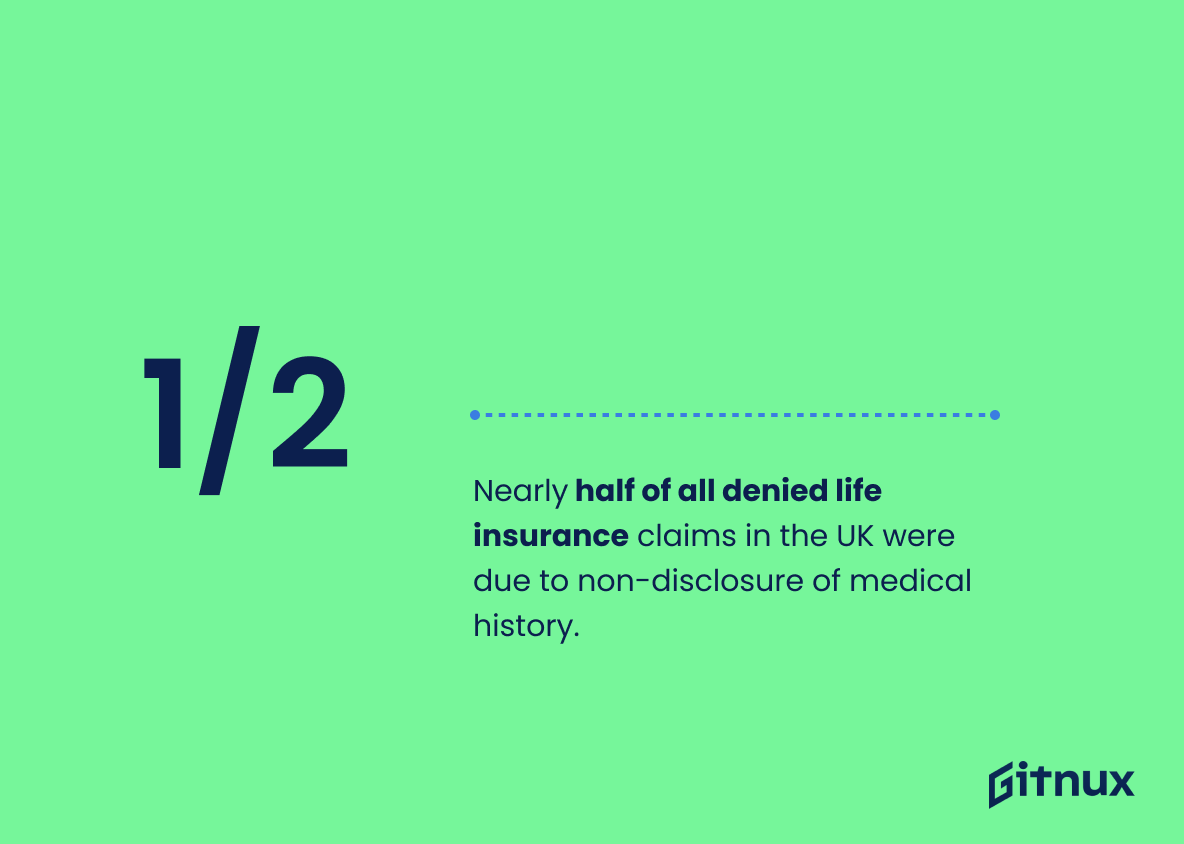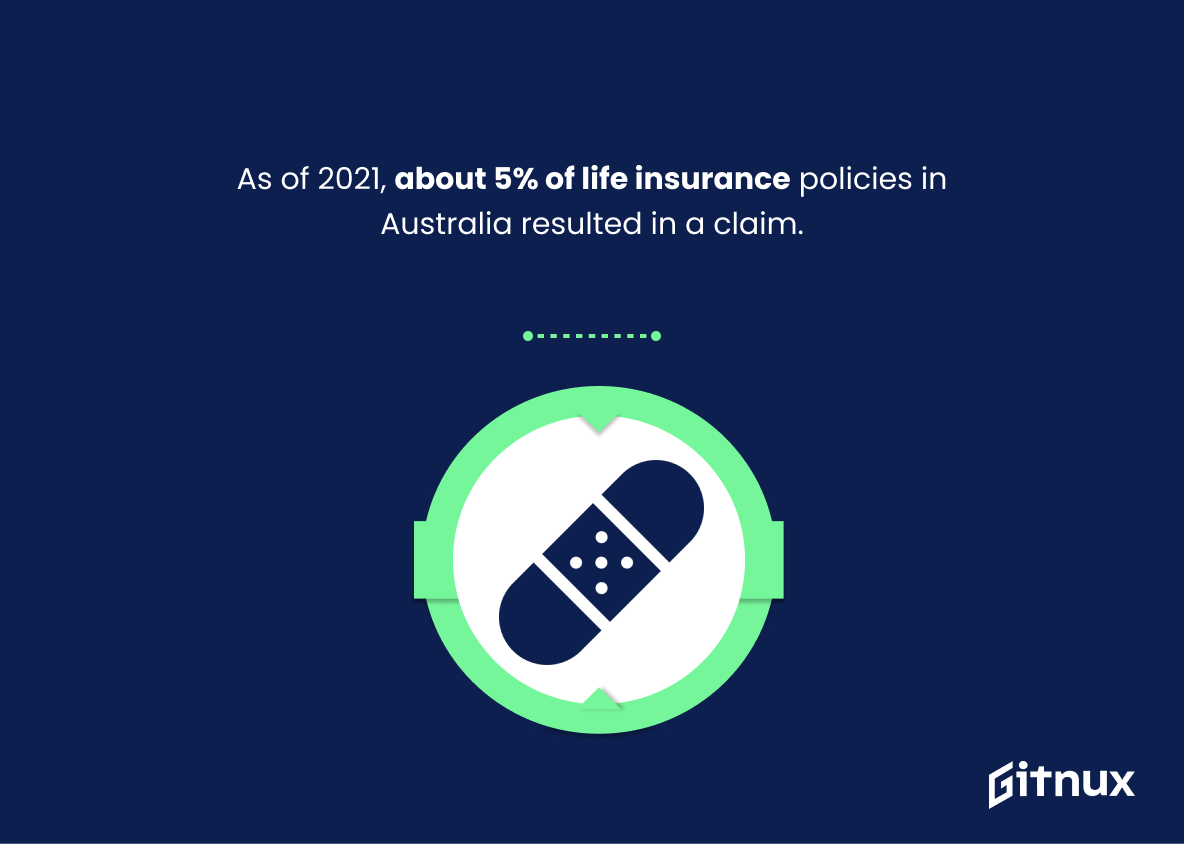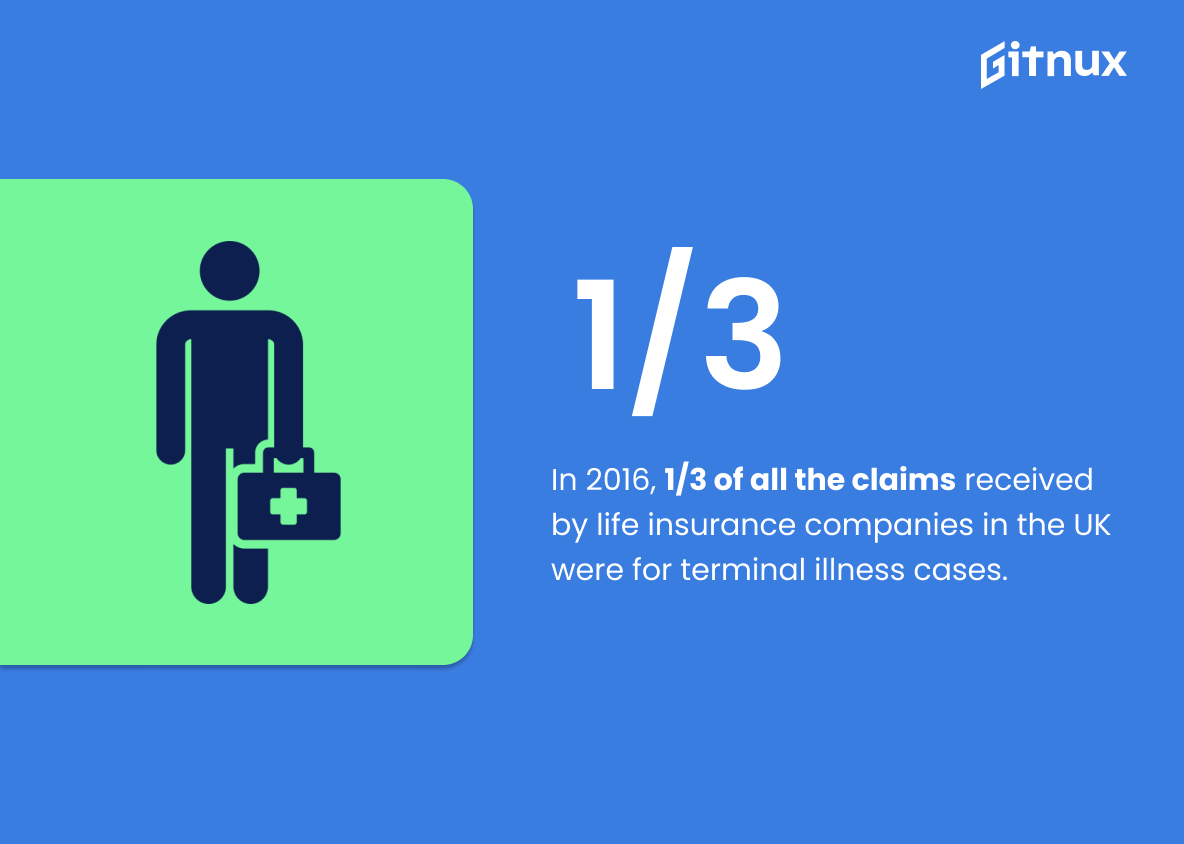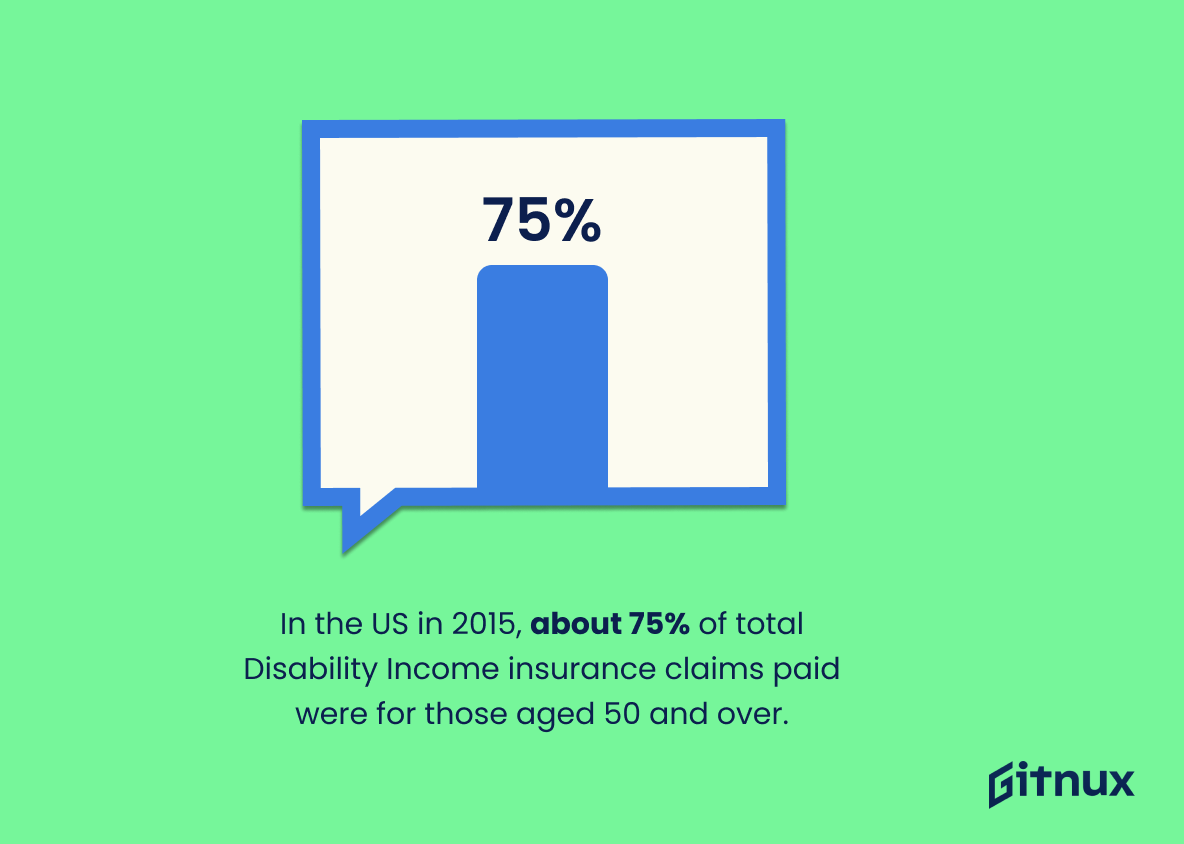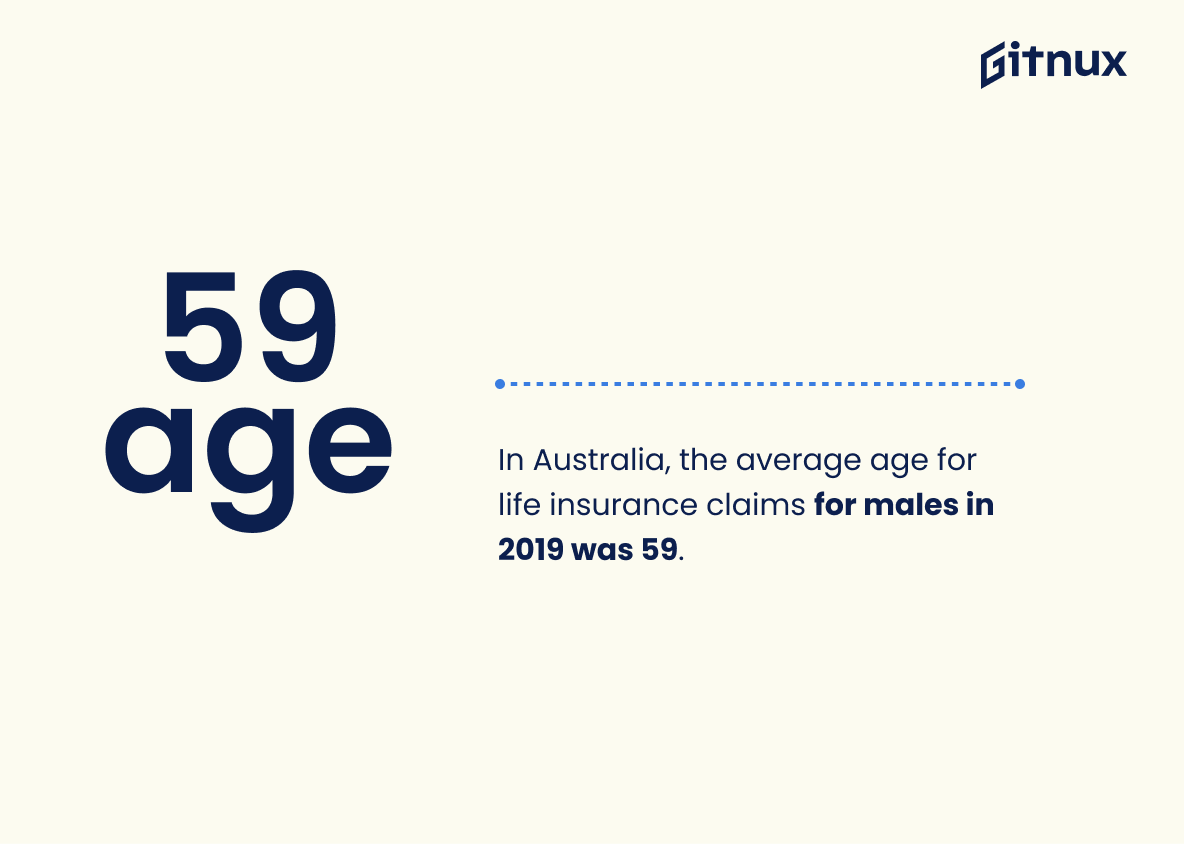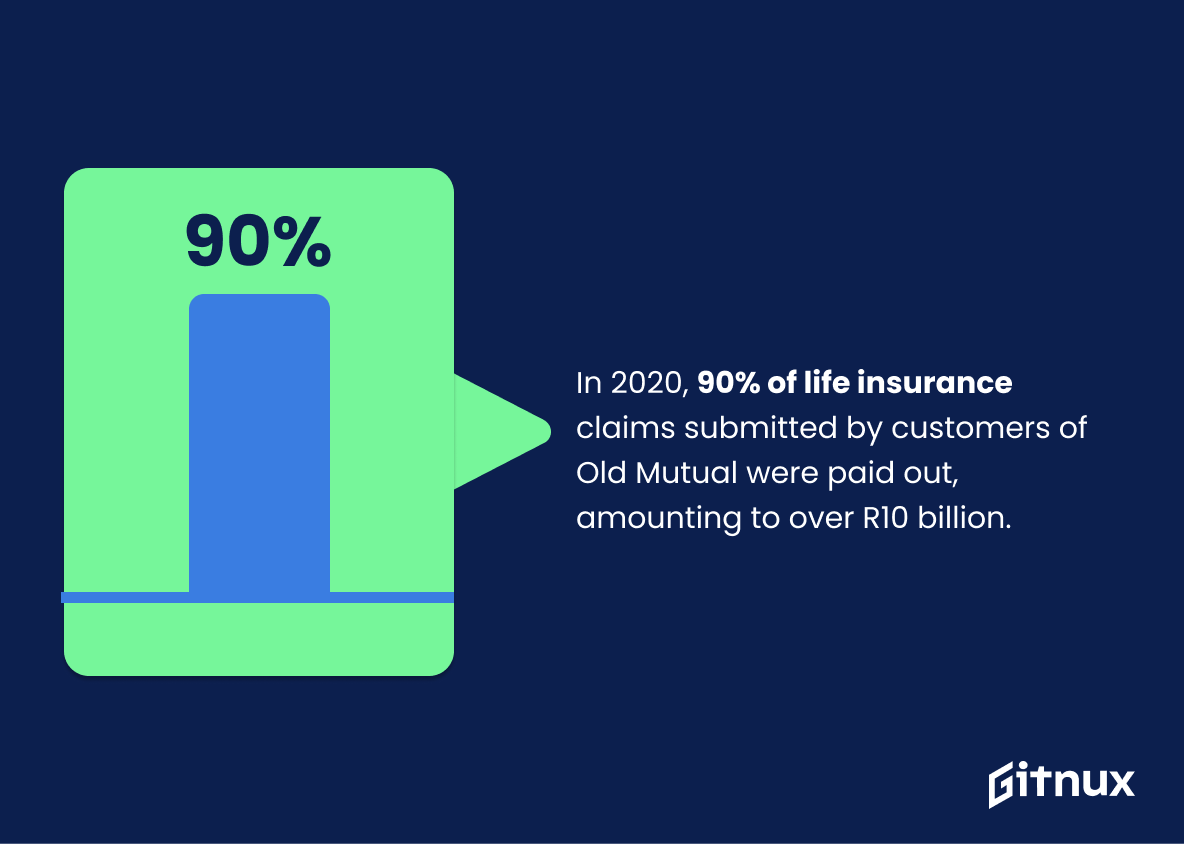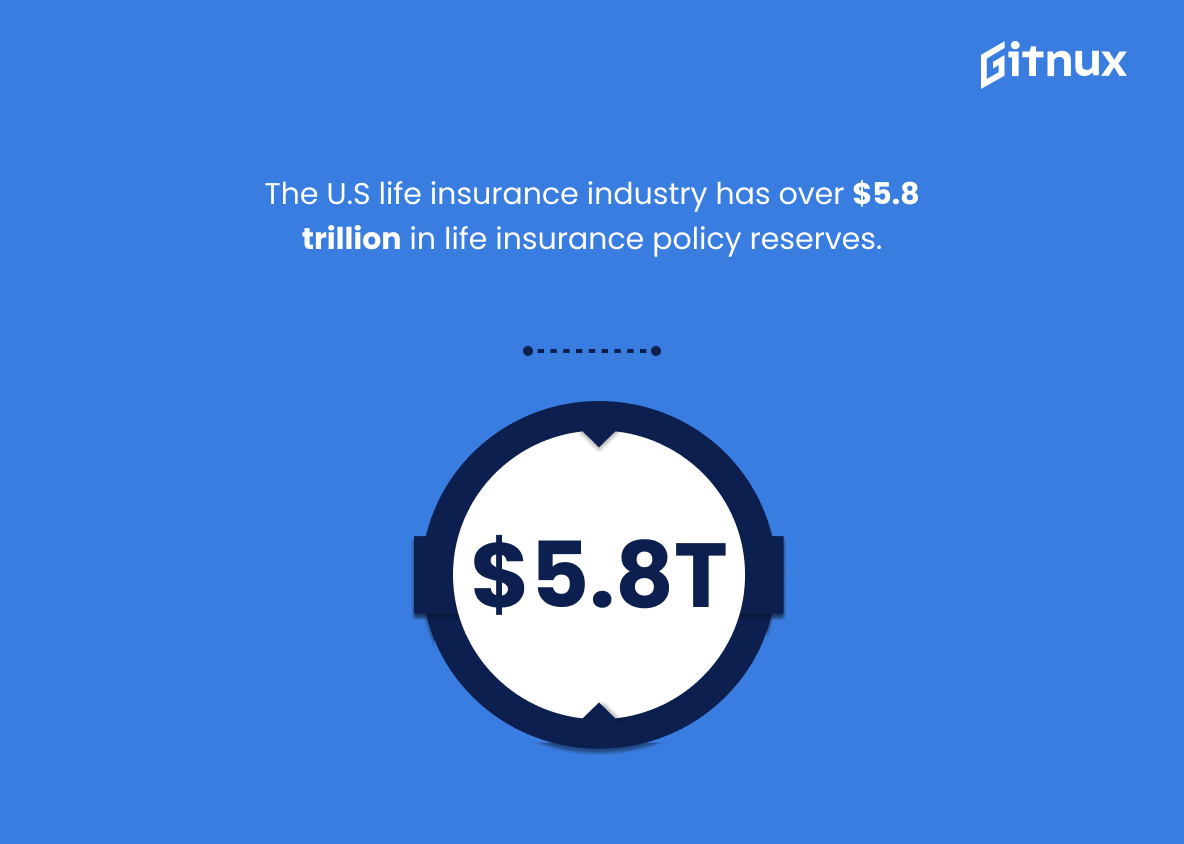Unraveling the world of insurance can often feel like deciphering an ancient hieroglyph, especially when it involves the sobering subject of life insurance. Statistically speaking, the numbers surrounding life insurance claims can provide a surprisingly insightful perspective to policyholders and potential applicants. This blog post will delve into the riveting realm of life insurance claim statistics, aiming to equip readers with a more precise understanding of various factors that govern this arena.
In an industry shrouded with complexity, statistics serve as a trusted torchlight, revealing patterns, debunking myths and guiding important decisions. Whether you are a curious individual, a concerned policyholder, or an aspiring insurance professional, this comprehensive review of life insurance claims statistics is geared towards enlightening you with data-driven insights.
The Latest Life Insurance Claims Statistics Unveiled
Approximately 94.9% of US life insurance claims were paid out in 2019.
Highlighting that around 94.9% of US life insurance claims were paid out in 2019 weaves a broad picture of consumer confidence in the life insurance industry. This figure, interspersed in a blog detailing Life Insurance Claims Statistics, acts as a key artery pumping credibility and trust into the reader’s perspective.
Serving as a testament to the industry’s commitment and dependability, it offers peace of mind to existing policy holders and whets the appetite of potential customers, effectively assuring them that insurance companies live up to their pledges the majority of the time. This revelation is not only significant to policyholders, but also to insurance businesses, as it aids in benchmarking their performance and strategizing future improvements.
In 2017, life insurance companies paid out over $860 billion in policy benefits.
Unveiling a staggering figure like this – over $860 billion paid out in policy benefits by life insurance companies in 2017 – provides a solid testament to the substantial role these companies play in providing financial stability to beneficiaries. In the grand tableau of life insurance claims statistics, this gargantuan sum underscores the significant support life insurance policies offer in times of loss and hardship.
It eloquently narrates the story of the untold number of families who could pick up the shattered pieces of their lives and forge confidently ahead, cushioned and reassured by these payouts. So, if one doubts the value or necessity of life insurance, this monumental figure serves as an undeniable proof point of its societal significance.
Nearly half of all denied life insurance claims in the UK were due to non-disclosure of medical history.
Gauging the essence of the statistic stating that ‘Nearly half of all denied life insurance claims in the UK were due to non-disclosure of medical history’, it cleverly unveils a critical and often ignored facet of the life insurance industry. This statistic is the proverbial beam of light shone on a shadowy side of insurance claims that often remains in obscurity; the necessity of total transparency regarding one’s medical history when applying for insurance.
In the landscape of Life Insurance Claims Statistics, this piece of data stands as a silent reminder with significant ramifications to both potential policyholders and insurance companies. It enlightens potential policyholders about the importance of furnishing a complete and truthful medical history, emphasizing that the cost of non-disclosure could very well be the claim they or their loved ones might need one day.
For insurance companies, this statistic serves as a wake-up call, beckoning them to step up their game in ensuring a thorough screening process that effectively communicates the importance of complete disclosure, ultimately striving for a mutually beneficial relationship with their customers.
So, this statistic is not just a piece of data. It is a mirror reflecting the untold realities of the life insurance industry and a compass that could guide future policies, strategies, and decisions.
92% of ICU hospitalization insurance claims with life insurance were due to COVID-19 in India in 2020.
An intriguing facet in the realm of life insurance claims statistics emerges from the titanic influx of ICU hospitalization claims in India during 2020. An astonishing 92% of them were directly linked to COVID-19, illuminating the devastating impact of the pandemic on the nation’s health. This statistic weaves a tale of fear, showing us how life and health insurance acted as ramparts in the financial battle against this ruthless virus.
Sifting through these numbers offers readers a tangible glimpse into the sheer proportion of claims attributable to this singular cause, underlining the indispensable role of insurance during a global health crisis. The revelation of such data not only signals insurance sector adaptability in handling massive claim spikes like this, but also stresses the need for people to safeguard their own and their family’s future during such unpredictable times.
As of 2021, about 5% of life insurance policies in Australia resulted in a claim.
In the orchestra of data analysis, the statistic that spotlight should be shed upon is this – “As of 2021, a mere 5% of life insurance policies in Australia resulted in a claim”. This lone violin in the statistical symphony whispers tantalizing tales of risk, financial planning and unexpected life events. This dramatic data point berates us for our unwarranted assumptions about claiming life insurance policies. It evidences that a vast majority of Australians may be over-insuring or not fully understanding the complexities of their policies.
Furthermore, it subtly hints at the health and longevity of the Australian population. Ultimately, this statistic carries seeds of insight – from the way policies are crafted to the demographics of who are more likely to claim, providing a foundation for a more nuanced discussion about life insurance claims, thus proving indispensable when frolicking in the field of life insurance claims statistics.
In 2016, 1/3 of all the claims received by life insurance companies in the UK were for terminal illness cases.
Drawing attention towards the sobering revelation from 2016, one will find that a jaw-dropping one-third of all British life insurance claims pertained to terminal illness cases. This nugget of information places a magnifying glass on the critical role that life insurance plays during such challenging periods.
Particularly when you dissect the landscape of life insurance claims, you notice that a substantial fraction is connected with tackling severe health conditions, underscoring the indispensable safety net life insurance provides. Thus, visualizing this data can steer prospective insurance buyers to consider the paramount importance of life insurance against terminal illnesses, contributing to the overall comprehension of Life Insurance Claims Statistics.
In the US in 2015, about 75% of total Disability Income insurance claims paid were for those aged 50 and over.
Unraveling the threads of this compelling datum, we spotlight an intriguing trend in U.S. Disability Income insurance policies circa 2015. Here, a considerable 75% of claims paid were held by individuals aged 50 and above. This piece of the puzzle sheds new light on the age dynamics associated with disability insurance claims, reinforcing the gravity of life insurance discussion in today’s ageing society.
This casts the spotlight on the pivotal role of life insurance and its symbiotic relationship with disability insurance. As age increases, the likelihood of disability also escalates, underscoring the importance of effective coverage. Therefore, knowledge of these statistics can inform potential policyholders, insurers, and industry stakeholders about trends, equipping them to sculpt more effective strategies and policies. Thus, this particular statistic acts as a compass, setting the direction for critical discourse on Life Insurance Claims and its relation to age.
In Australia, the average age for life insurance claims for males in 2019 was 59.
Understanding the median age for life insurance claims, especially highlighting the 2019 figure for Australian males, offers critical insight into the dynamics of risk management. The age impact on insurance claims provides a shrewd snapshot into life expectancy trends, health hazards and hopefully spurring more proactive habits among the populace. It’s an illustrative compass, guiding insurers to strategize premiums, shaping government policies on healthcare, and enabling individuals to make well-informed financial decisions about when to invest in life insurance.
In 2020, 90% of life insurance claims submitted by customers of Old Mutual were paid out, amounting to over R10 billion.
The concept of life insurance exists on trust. Policyholders faithfully pay premiums, expecting their provider to financially deliver when they no longer can. Incorporating the statistic that Old Mutual had a 90% payout rate on life insurance claims in 2020, which exceeded R10 billion, is a shining demonstration of this trust in action.
This statistic serves as a testament to Old Mutual’s commitment to their customer base. It enables blog readers to comprehend not just the magnitude of the payouts, but also the probability of a claim being fulfilled. In essence, this figure is a beacon in navigating the uncertain waters of life insurance, spotlighting Old Mutual as a reliable player in the industry.
The U.S life insurance industry has over $5.8 trillion in life insurance policy reserves.
In an enlightening narrative on Life Insurance Claims Statistics, let’s consider a deep reservoir of financial security – a towering $5.8 trillion, to be precise. This staggering figure represents the financial reserves held by the U.S life insurance industry in life insurance policies.
In an era of uncertainty and economic fluctuations, this sheer magnitude of reserved wealth provides a solid bedrock of assurance. It underlines the substantial financial capacity of the industry, providing comfort to policyholders who can rest assured in the knowledge that their claims will be paid, thereby accentuating the pivotal role that life insurance plays in the intricate fabric of our financial safety nets.
Nearly 7.5 million policyholders surrendered their life insurance policies in 2018, amounting to over $57 billion in cash surrender value in the U.S.
Delving into the sea of numbers, it is significant to note the surge of nearly 7.5 million policyholders who waved goodbye to their life insurance policies in 2018, ultimately pushing a hefty sum of over $57 billion back into the currents of the U.S economy.
This dramatic upheaval not only inflates our understanding of policyholder behavior, but it also amplifies the extent to which individuals are willing to withdraw their safety net for immediate financial relief. Moreover, this massive reallocation of cash surrender values unveils an intriguing side of the Life Insurance universe, changing our perception of policyholders as settled stakeholders to dynamic financial decision-makers.
In India, as of January 2021, 96.4% percent of claims settled were individual death claims.
An elucidation of that data point, in the theatre of Life Insurance Claims Statistics, paints a rather impactful picture. The detail that comprises the striking figure of 96.4% of claims settled being individual death claims by January 2021, peeks in the colourful weave of India’s insurance narrative.
This statistic serves as a stark mirror, reflecting the realities of the precariousness of life and the paramount importance of life insurance. It’s a wake-up call, trumpeting the song of preparation against unforeseen circumstances. It is there, waving as a beacon, helping us measure the efficacy and reliability of insurance companies in carrying out their most solemn duty.
It acts as a thermostat, regulating our understanding and expectations about the insurance sector in India, underscoring the faith policyholders can vest in the mechanism of claim settlements. Quite undeniably, this statistic is the pulse that beats at the heart of a blog post about Life Insurance Claims Statistics, offering valuable insights and guiding future discourse.
Life insurance beneficiaries in South Africa received over R16.7 billion in 2020.
Diving deep into the depths of life insurance claims statistics, revelations such as ‘Life insurance beneficiaries in South Africa receiving over R16.7 billion in 2020’ are akin to finding hidden treasure. They provide a compelling snapshot of the substantial financial security that life insurance brings to many households at a time of need.
It makes tangible the reality that life insurance isn’t just about monthly premiums, but rather the vast sums that can be unlocked upon the policyholder’s death, offering beneficiaries a lifeline in a moment of crisis. This piece of data serves as a powerful testament to the pivotal role life insurance plays in financial planning and economic stability.
In 2020, Legal & General paid on 97% of its life insurance claims in the UK.
Delving into the heart of Life Insurance Claims Statistics, the impressive fact that Legal & General honoured a stunning 97% of its life insurance claims in the UK in 2020 showcases their remarkable reliability. This noteworthy figure acts as a testament to their commitment towards clients, reflecting the potential security they provide policyholders.
Understanding such a high percentage serves not only as a comfort for current patrons, but also as a magnet attracting prospective clients, enhancing Legal & General’s image as a trustworthy provider amidst a competitive market. Ultimately, this statistic propels the conversation about the critical role responsible insurance providers play in ensuring financial stability for families in times of need.
In 2019, South Africa saw denial of claims due to misrepresentation and non-disclosure equal to 3.7% of total claims.
Highlighting the data from 2019 that shows South Africa experienced a 3.7% denial of claims due to misrepresentation and non-disclosure presents a compelling piece of the puzzle for those navigating the world of life insurance claims. This slice of information pierces through the clutter and provides a nuanced understanding of claim denials. It sounds a wake-up call for potential policyholders, emphasizing the gravity of honest disclosure and the consequences of misrepresentation.
Within the larger narrative of life insurance claims statistics, this number plays a critical supporting role by underscoring the importance of transparency in assuring the successful payout of claims. Therefore, while appearing as a mere percentage, it has a far-reaching resonance within the life insurance sector, loudly voicing the unseen risks tied to non-disclosure.
In 2020, 98.4% of death claims were settled by private life insurers in India.
Peering into this statistic, ‘In 2020, 98.4% of death claims were settled by private life insurers in India,’ we unearth a powerful revelation in the world of life insurance claims. As persuasive as it is revealing, this percentage serves as a robust checkpoint that anchors the reliability and commitment of private life insurers.
This percentage marks a beacon of assurance for existing and potential customers. It vouches for the steadfastness of insurance companies, suggesting that the chance of claim acceptance is high. Quick settlements can be seen as an emblem of operational efficiency, potentially insinuating sound financial health, and adherence to ethical practices by the insurers.
Furthermore, encased in this statistic is an illustration of the industry’s trend. By comparing this percentage with past years, or other regions, we can glean the industry’s evolutionary trajectory or performance contrast. This single figure then leads readers on a journey through the landscape of life insurance, shedding light on the state of claims and setting the stage for discussions on factors influencing these numbers. Equally important is its role in informing policy adjustments, regulatory decisions, and customer strategies.
Unquestionably, this statistic is a defining portrait of the life insurance sector’s dedication to its promise – a painting filled with confidence and trust.
Conclusion
In summary, the landscape of life insurance claims is undoubtedly a complex one, shaped by myriad factors ranging from demographic trends to societal changes. However, a closer look at the statistics reveals some insightful patterns that could assist policyholders, insurers, and financial planners in making informed decisions.
The age, cause of death, and rate of denied claims all play a crucial role in the life insurance sector. Always remember, understanding the statistical data can be beneficial in not just selecting the right life insurance but also in getting the claim approved without any hassle. Stay informed, secure your future, and ensure a smoother claim process.
References
0. – https://www.www.thisismoney.co.uk
1. – https://www.www.lifeinsurancefinder.com.au
2. – https://www.www.thehindubusinessline.com
3. – https://www.www.forbes.com
4. – https://www.www.covermagazine.co.uk
5. – https://www.www.aviva.co.uk
6. – https://www.www.justmoney.co.za
7. – https://www.www.finder.com.au
8. – https://www.www.iii.org
9. – https://www.economictimes.indiatimes.com
10. – https://www.www.policygenius.com
11. – https://www.www.business-standard.com
12. – https://www.www.fanews.co.za
13. – https://www.www.cover.co.za


